【RocketNews24】Why does the fifty yen coin have a hole? And other fun facts about Japanese coins
Posted by Michelle Lynn Dinh (Shimane-ken, Chibu-mura, 2010–13), editor and writer for RocketNews24. The following article was written by Master Blaster, writing team for RocketNews24, a Japan-based site dedicated to bringing fun and quirky news from Asia to English speaking audiences.
A fun way to get a perspective on another country’s history and culture is by looking at the currency used. The materials and design that go into making them can say a lot about what a country holds dear.
So, why don’t we take a quick look through the modern coins used in Japan and learn a little about why they look the way they do and some other tidbits along the way such as what happens when you microwave a one-yen coin and why you shouldn’t do it.
Let’s start with those beloved little bits of pocket ballast: the one yen coin.
Tale of the tape
Diameter: 20mm
Weight: 1g
100% Aluminum
For Japanese coins “heads” and “tails” aren’t easily understood. Although it’s not a hard and fast rule, most people seem to say that the side with the large number and/or the year printed is tails. In the case of the one-yen coin, heads shows us a picture of a young tree. The artist who created it apparently told a priest which tree it was based on, but he later admitted it was a lie and he just imagined it.
Like many small currencies of its type, the one-yen coin costs more to make than it’s actually worth. The amount of aluminum used alone is worth 0.7 yen (US$0.007), so after including all the other overhead you’re looking at about 2 yen ($0.02) a coin to produce.
The pure aluminum used gives this coin some unique properties too. First, it might be the only coin that floats on water. Actually if you were to toss the coin or push it down with your finger it would easily sink. The density of the coin is not buoyant, but its light weight allows the surface tension of the water to hold it up.
In addition, if you were to put a one-yen coin in a microwave, it would get all squishy. We would try it, but it’s a violation of the Monetary Damage Control Act and punishable by up to a year in prison or 200,000 yen ($2,000) fine. However, if you were to happen to have a one-yen coin in another country where such a law doesn’t exist…
Tale of the tape
Diameter: 22mm (hole = 4mm)
Weight: 3.75g
60-70% Copper; 40-30% Zinc
This coin has a distinctive yellow coloring that’s made from the high content of zinc it possesses. This material combined with the widespread use of the coin provided a stable and easy way for researchers to measure radiation dosages indoors and out of all areas during the 1999 nuclear accident in Tokaimura.
Aside from its bright hues, this coin has a whole bunch of optimistic symbolism packed into it. On the heads side we can see horizontal lines representing water, from which a rice plant is emerging. Also around the hole (which we’ll get to later) are gear teeth. These symbolize Japanese agriculture, fisheries, and industry.
On the tails side there is also a pair of sprouts which is said to symbolize Japan’s growth into a democratic nation. Even the name in Japanese (go en) is synonymous with good connections and this coin is the first choice for making a wish at shrines or kept in a wallet for luck.
Tale of the tape
Diameter: 23.5mm
Weight: 4.5g
95% Copper; 3 to 4% Zinc; 1 to 2% Tin
With their high amounts of copper the ten-yen coin is probably the ugliest of the bunch. However, it may also be the most profitable. If you were to have 100,000 of these coins in your possession it would be worth roughly (depending on the dealer) 1,005,400 yen ($9,873) versus their 1,000,000 yen ($9,820) face value.
Depending on the year of the coin they can be valued from 10 to 20 yen ($0.10 to $0.20) a piece. The most valuable one is a Giza 10 (Jagged 10) from the yearShowa 33 (1958). This was the last year such a coin was made with a jagged edge, and since it was the last year the fewest were issued, making the Giza 10 the rarest of them all and worth about 50 yen ($0.49).
Prior to the late fifties, the ten-yen coin was the most valuable so a jagged edge was added to help distinguish it from other coins. Later on, when the fifty- and one-hundred-yen coins came out the jagged edges were passed onto them. So remember; whenever you get a ten-yen coin check the edges before you go spending it!
Tale of the tape
Diameter: 21mm (hole = 4mm)
Weight: 4g
75% Copper; 25% Nickel
Like the five-yen coin, the fifty-yen coin can be easily distinguished by the hole in the center. This wasn’t always the case though. Japan figured it could kill three birds with one hole. First, it helps to save on material costs. Secondly, it makes them more difficult to counterfeit. Finally, it helps people tell them apart more easily, even simply by touch. It’s said that the five-yen coin was primarily given a hole to save materials following the war when rapid inflation was occurring.
On the other hand, the fifty-yen coin was given a hole because for the first couple years of its non-perforated existence it was annoyingly similar to a one-hundred-yen coin. As the two coins became even more similar over the years in terms of material and images (fifty-yen has a chrysanthemum whereas the one-hundred-yen has asakura) that little hole has become even more important.
Tale of the tape
Diameter: 22.6mm
Weight: 4.8g
75% Copper; 25% Nickel
The one hundred yen coins has changed a few times over the years. The heads image went from a hōō (Asian phoenix) to a rice plant to a cherry blossom. The material also went from a silver, copper and zinc alloy to a mix of copper and nickel. However, through all of this the size and weight of the coin hasn’t changed in the slightest since it was first issued.
The one hundred yen coin was also Japan’s first commemorative coin issued in 1964 to celebrate the Tokyo Olympics.
A special 1,000 yen coin was also released at that time. The circulation of these coins has waned a little in the 21st century as five hundred yen coins went on the rise.
Tale of the tape
Diameter: 26.5mm
Weight: 7g
72% Copper; 20% Nickel; 8% Zinc
The five hundred yen coin is the newest coin in Japan and potentially the most valuable standard currency coin in the world depending on foreign exchange rates (the Swiss five franc coin is one of its biggest rivals).
The five hundred yen coin is also special in that it has tiny letters hidden throughout the tails side. If you squint real hard you still probably can’t make out N-I-P-P-O-N in 0.2mm letters in these approximate locations.
That’s just about the end of our coin trivia extravaganza, but before we go here’s a math question:
If you had 22 five-yen coins how much money would you have?
If you said, 22 × 5 = 110 then you might be wrong. This isn’t because of weird Japanese elementary school rules though. According to Japanese law, if you attempt to pay with over 21 of the same type of coin the recipient is allowed to not recognize it as legal tender and demand a different form of payment. So according to the law 22 five yen coins when used together could be worthless… if your shopkeeper is feeling especially jerky that day.
Source: Naver Matome, Okane to Kitte no Tenjishitsu (Japanese)
Images: Ospalh/Monaneko 1, 2, Misogi, FG2/Fred the Oyster,Fg2, Misogi, Misogi, As6673, Misogi
Top Image & Water Image: RocketNews24
Related articles from RocketNews24:
- Kaguya Hime no Monogatari: The other side of Studio Ghibli 【Review】
- Parents create amazing Studio Ghibli mural for daughter’s nursery before she’s even born
- Japanese netizens disgusted by Ikea Japan’s bright blue and yellow ice cream
Are you a writer? RocketNews24 English is hiring!

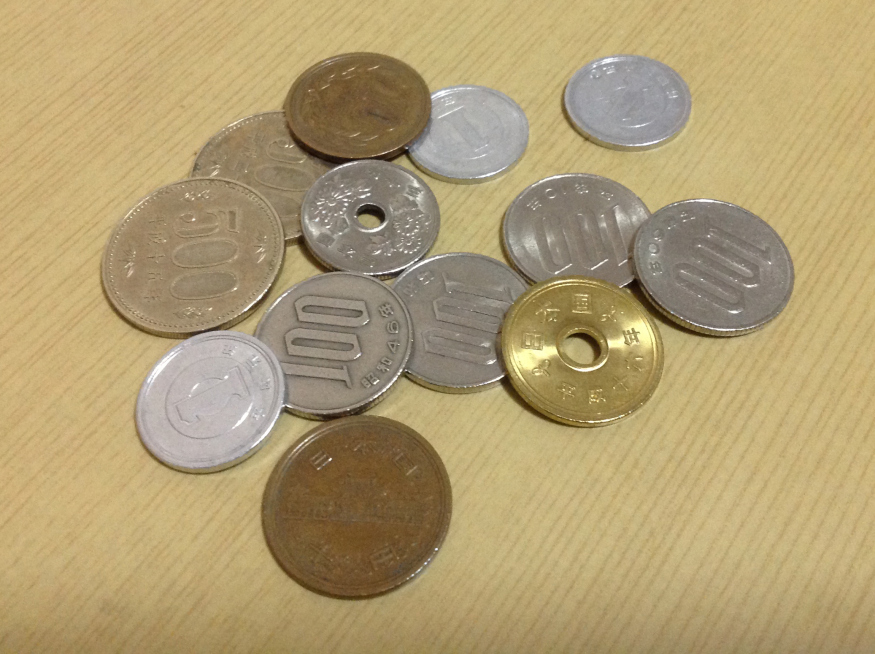
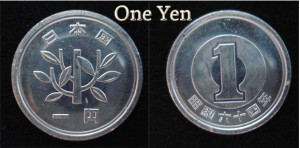
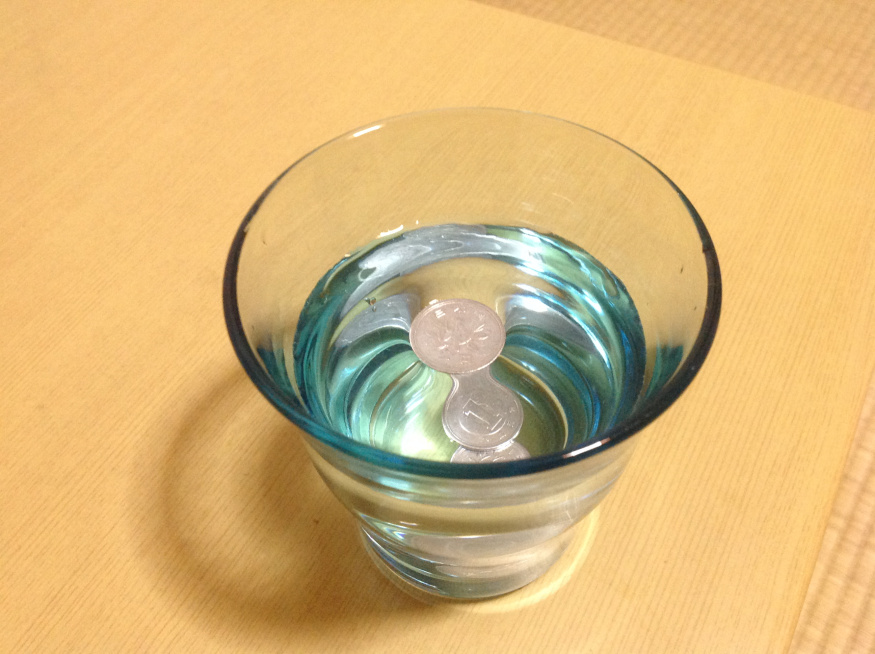
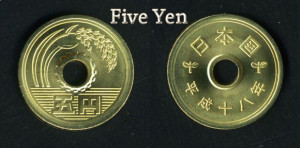
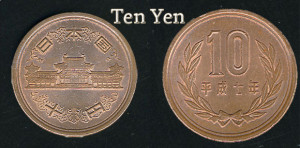
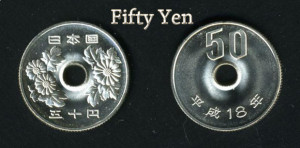
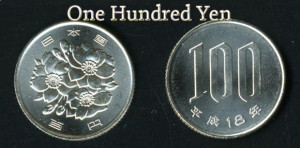
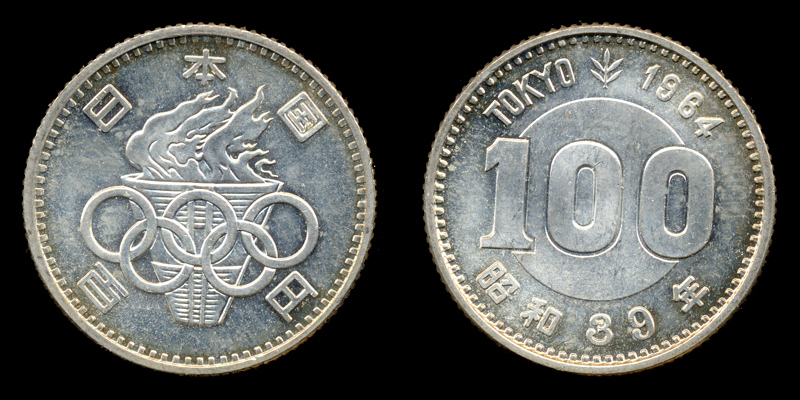



Comments are closed.